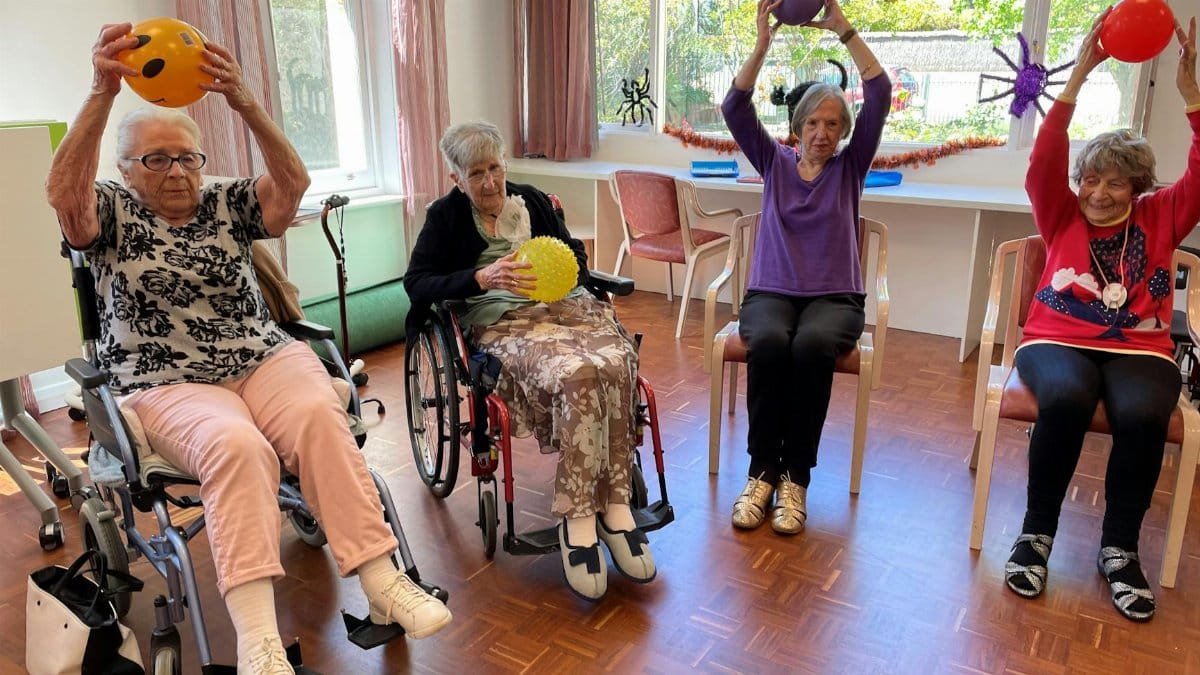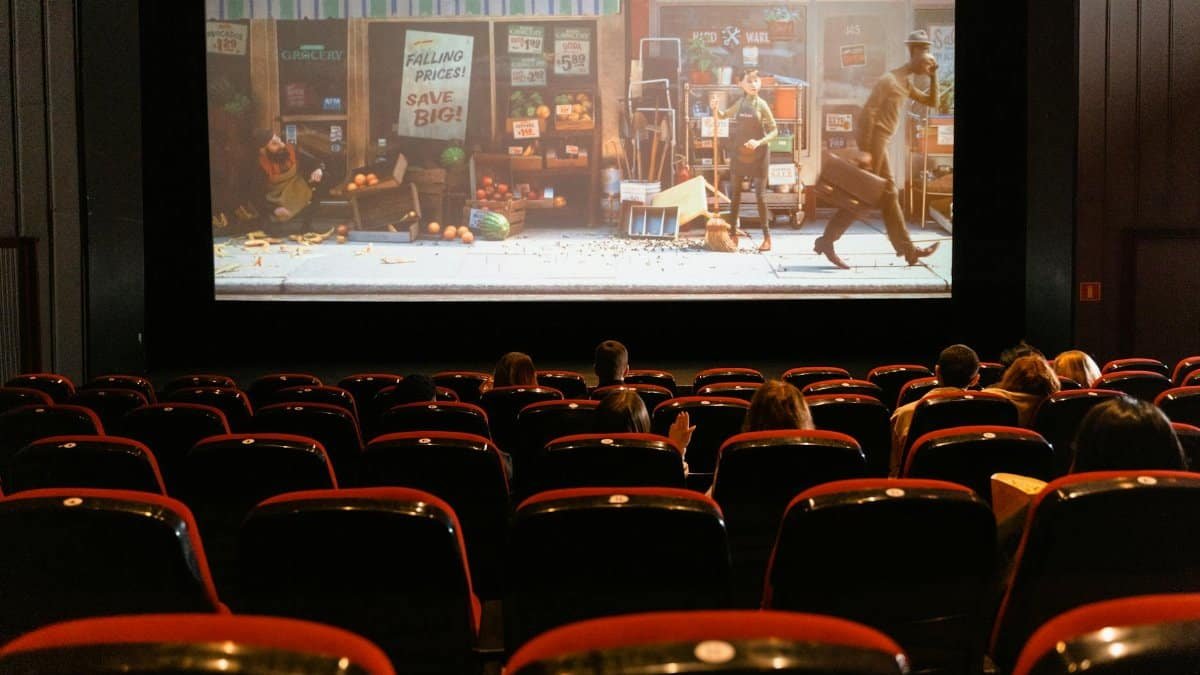Imagine a small-town theater, once on the brink of closing its doors, now buzzing with a quiet energy on a Saturday evening. The lights are dimmed not just for ambiance but for comfort. The sound is softer, the chatter minimal. This isn’t a typical movie night. It’s one of many sensory movie nights popping up across the U.S., designed to welcome those who find standard cinema experiences overwhelming. In places like rural Ohio or suburban Colorado, these events are breathing new life into struggling venues while fostering a sense of belonging for neurodivergent individuals and their families. What started as a niche accommodation is becoming a lifeline for community spaces, proving that inclusion can be both compassionate and economically savvy. These nights are more than a trend; they’re a quiet revolution in how we think about shared entertainment.
Redefining the Movie-Going Experience

For many, a trip to the theater means bright lights, booming soundtracks, and the rustle of popcorn bags. But for individuals with sensory processing challenges—often those on the autism spectrum or with anxiety disorders—that environment can be a barrier. Sensory movie nights turn this on its head. Theaters lower the volume, keep house lights on at a soft glow, and encourage movement or vocalization without judgment. It’s a space where a child’s excited shout or a teen’s need to pace isn’t met with glares but with understanding. One parent in a small Michigan town shared how her son, who typically avoided crowded places, lit up during a showing of a classic animated film, finally able to enjoy a rite of passage so many take for granted. This shift isn’t just about access; it’s about reimagining what “normal” looks like in public spaces.
Small Theaters, Big Challenges

Independent theaters in small towns have been fighting for survival for decades. With streaming services dominating entertainment and multiplexes drawing urban crowds, many of these venues operate on razor-thin margins. The National Association of Theatre Owners reported in recent years that nearly 20% of smaller cinemas have shuttered since the early 2000s, a trend exacerbated by the pandemic ( National Association of Theatre Owners ). Sensory movie nights offer a glimmer of hope. By targeting an underserved audience, theaters tap into a new revenue stream. Ticket sales might not rival blockbuster openings, but the steady attendance—often bolstered by community partnerships—adds up. In places like rural Georgia, theater owners note that these events also build loyalty, turning one-time visitors into regulars who return for other screenings or events.
Community as Catalyst

What makes sensory movie nights work in small towns isn’t just the theaters’ willingness to adapt; it’s the community’s role in spreading the word. Local advocacy groups, schools, and parent networks often collaborate with venues to organize and promote these events. In a small Iowa town, for instance, a grassroots effort led by families of autistic children partnered with a historic theater to schedule monthly screenings. They shared flyers at community centers and posted in local online groups, ensuring turnout. This kind of teamwork doesn’t just fill seats; it creates a ripple effect. Families who might have felt isolated find a network of support, while theaters gain a reputation as inclusive spaces. The result? A virtuous cycle of engagement that benefits everyone involved, proving that community-driven initiatives can sustain cultural landmarks.
The Science Behind Sensory Needs

Why do sensory movie nights matter so much to some? It comes down to how the brain processes stimuli. Research from the National Institute of Mental Health shows that individuals with sensory processing differences—common in autism spectrum disorder or PTSD—can experience heightened stress from loud noises or bright lights ( National Institute of Mental Health ). A typical theater’s sensory overload can trigger anxiety or meltdowns, making outings impossible. By contrast, a modified environment reduces these triggers, allowing focus on the film itself. Studies from the University of California, San Francisco, also suggest that inclusive social experiences can improve mental well-being for neurodivergent individuals, reinforcing the value of these adaptations ( UCSF News ). It’s not charity; it’s science meeting human need.
Economic Ripple Effects

Beyond the immediate boost to ticket sales, sensory movie nights can spark broader economic benefits for small towns. When families attend, they often grab dinner at a nearby diner or stop by a local shop beforehand. Theater owners in places like upstate New York have noticed an uptick in partnerships with local businesses, who sponsor screenings or offer discounts to attendees. A 2023 report by the Institute of Museum and Library Services highlighted how cultural venues, including theaters, act as economic anchors in rural areas, drawing foot traffic that sustains surrounding commerce ( Institute of Museum and Library Services ). These events turn a night out into a community-wide win, showing how inclusion can fuel more than just goodwill—it can drive dollars too.
Navigating the Logistics

Setting up sensory movie nights isn’t without hurdles. Theaters must train staff to handle unique needs, from managing unexpected behaviors to communicating with empathy. There’s also the cost of adjusting equipment—lowering sound or modifying lighting isn’t always a simple switch. For small venues already scraping by, these changes can feel daunting. Yet, many have found creative workarounds. Some partner with local nonprofits to offset expenses, while others apply for grants aimed at accessibility initiatives. One theater manager in Oklahoma described the learning curve as steep but worth it, recalling how a single thank-you note from a family made the late-night planning sessions feel insignificant. The key seems to be starting small—maybe one screening a month—and scaling up as demand and resources allow.
Voices From the Audience

The real measure of success for sensory movie nights lies in the stories of those who attend. Picture a grandmother in a small Texas town, sitting beside her autistic grandson as they watch a superhero flick. She later shared how, for the first time, she didn’t have to worry about leaving early because of his discomfort. Instead, they stayed through the credits, laughing over their favorite scenes. Elsewhere, online discussions often reveal a shared gratitude among parents and caregivers, with one anonymous account describing the relief of finding a public space where their child wasn’t “the odd one out.” These snapshots underscore a deeper truth: these nights aren’t just about watching a movie. They’re about reclaiming a piece of everyday joy that so many assume is universal but, for some, has long been out of reach.
A Model for Wider Inclusion

Could sensory movie nights be a blueprint for broader change? Small-town theaters are proving that small tweaks—less noise, softer lights—can open doors to entire demographics. This model isn’t limited to cinema. Restaurants, museums, and even amusement parks are starting to experiment with sensory-friendly hours or events, recognizing that accessibility benefits everyone. A family that feels welcome at a theater might be more likely to engage with other local offerings, weaving themselves tighter into the community fabric. As trends evolve in 2025, the push for inclusive spaces will likely grow, with small towns leading by example. After all, when a theater in rural America can adapt to diverse needs, it sends a message: no community is too small to make a big difference.
